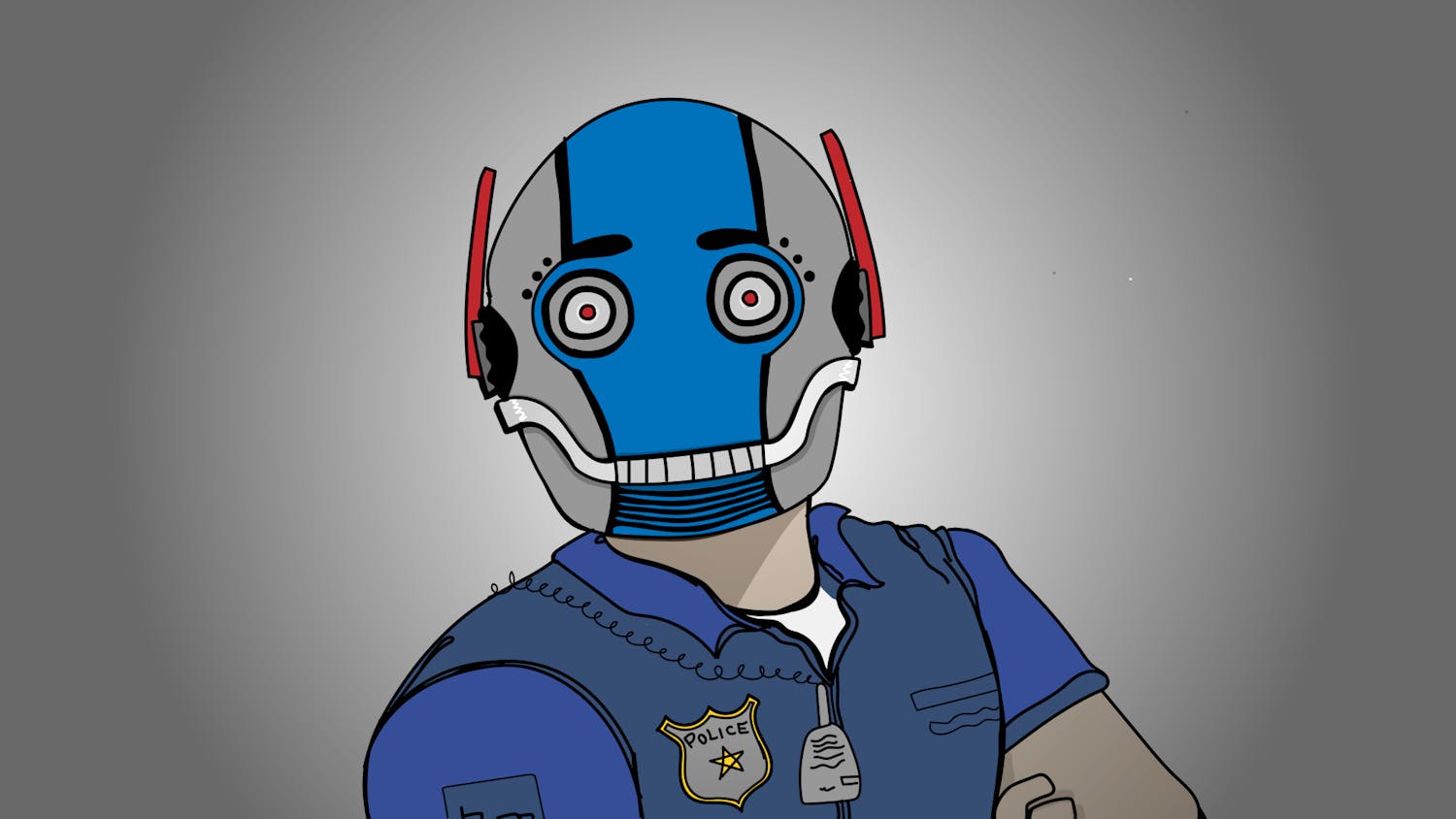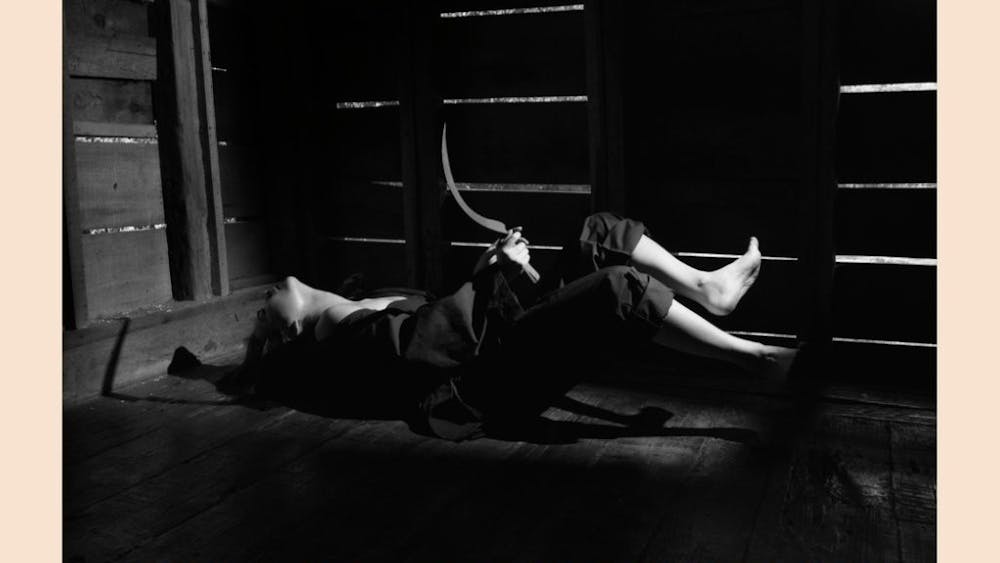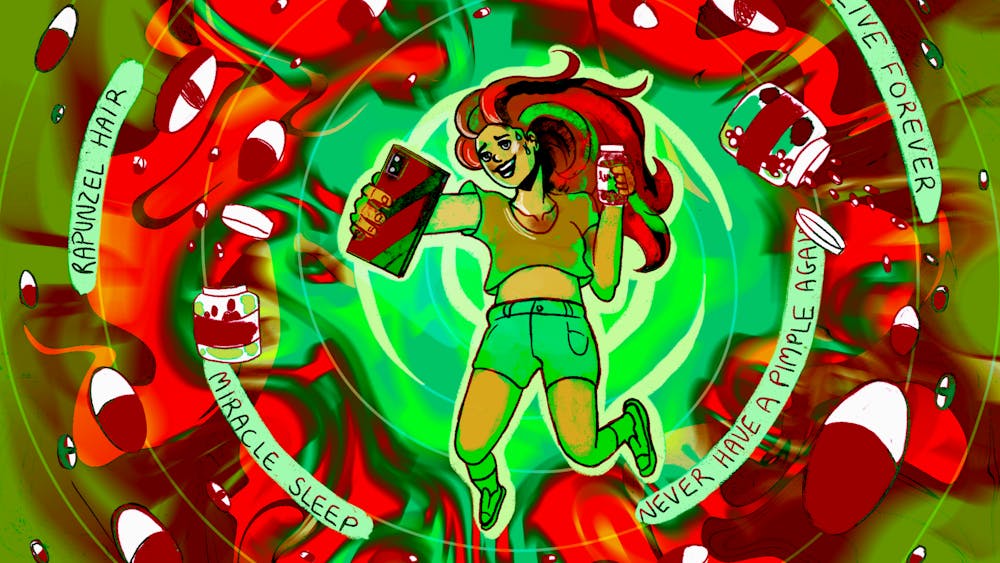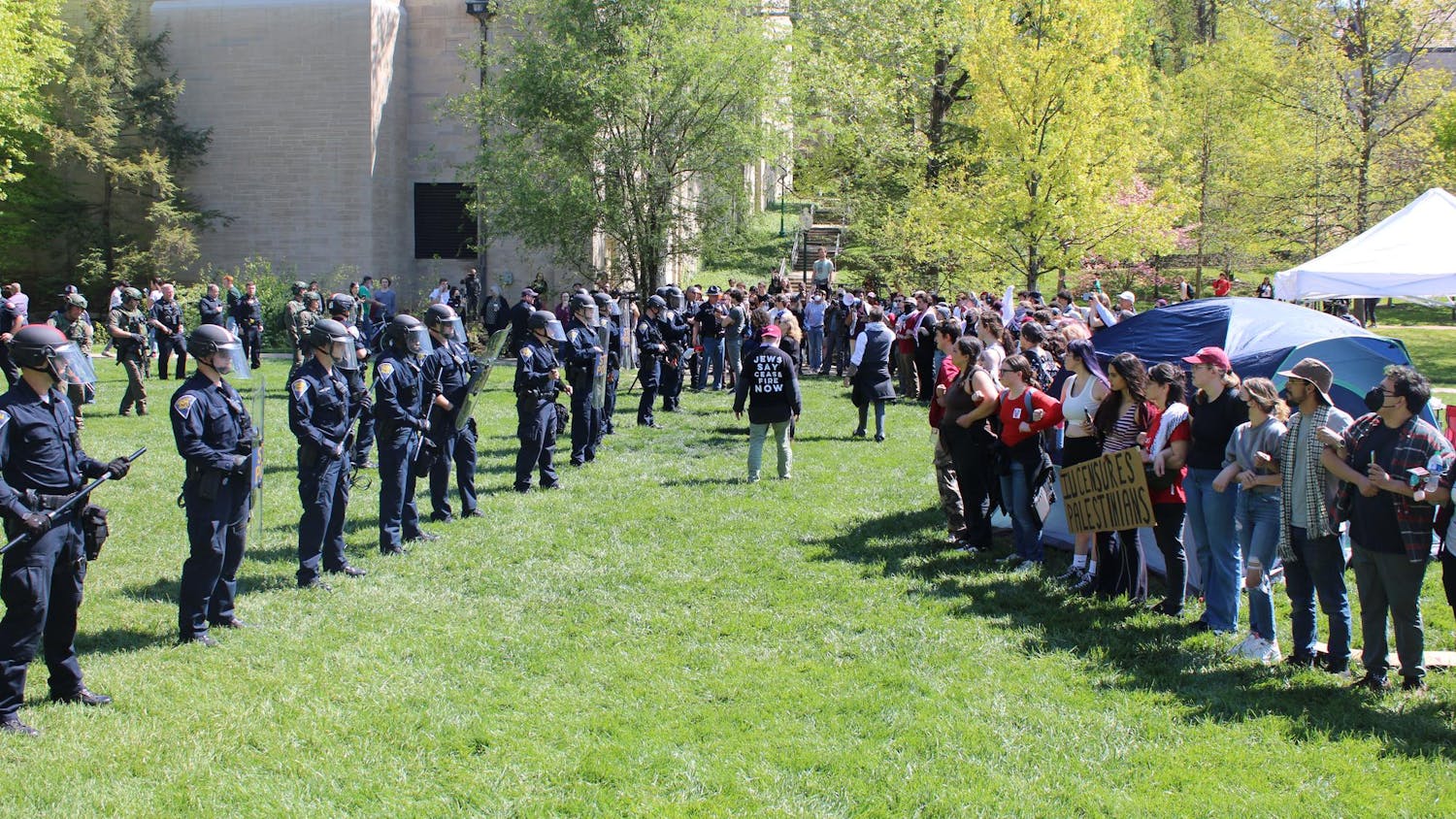Following the Sept. 11 attacks, news anchors, college freshmen and others have repeated the mantra, "everything has changed" -- often with vacant expressions befitting pod people or the folks at the airport who try to sell you tulips. In some cases, this phrase is true (U.S. foreign policy), in other cases it is mostly bull (national unity). But one thing showing repercussions is the decrease in Americans traveling abroad. The threat of being drafted into the choir immortal, a weak dollar, unfriendly demonstrations and the expense and the misery that is commercial airline travel have all combined to keep us home twiddling our thumbs. Or, rather, to keep you twiddling. Me, I'm in Strasbourg, on the French side of the Franco-German border. And while here, I'm gathering info on the European scene in order to help prepare you and other Americans to return to the continent. Thus, for this week, we'll start with a useful skill: blending in. \nMost of Europe is safer than the United States, but if you saw the same footage of burning flags and Bush effigies that I did, you understand why keeping a low profile might be good. So, in order to move chameleon-like around the continent, I chose country-neutral duds: t-shirts without English words, slacks rather than jeans and so on. When I hit the ground at my first stop, Brussels, Belgium, I was a transatlantic jet setter of indeterminate origin. At least that's what I thought until every Belgian shopkeeper, restaurateur, pan-handler and average Joe crossing my path greeted me in English. Frustrated at my lack of chameleon-ness, I gave up and switched back into my standard university student garb (t-shirt, jeans, baseball cap, etc.). If I was going to get plugged by some terrorist, I might as well go in comfort. \nSuddenly, everyone started speaking to me in French, sometimes German. What happened? The answer became apparent upon visiting Brussels' top commercial area, la Rue Nieue, a giant shopping mall disguised as a street. While tourists were certainly there in force, the crowd was overwhelmingly using French and Dutch (Belgium's two national languages). However, these folks could have been strolling around Kirkwood any Friday afternoon. \nThe fact is that today, American culture is pervasive in Europe, with clothing being one of the most obvious examples. It would be easy to blame globalization's favorite scapegoats -- U.S. corporations -- but the trend has spread well beyond them. According to Dr. Ulrike Mayrhofer from an article published in European Marketing, Strasbourg, out of 4,252 stores total, the Gap has a piddly 75 in continental Europe. The self-perpetuating nature of this phenomenon is seen in the fact that one sees clothes, restaurants, advertisements and other items sporting English phrases composed of words apparently chosen at random: "Baby Shirt," "Happy Street Children," "Bunny Snack," "University Academy," "Original State of Utah," ad infinitum. Best of all, despite all the slings and arrows about American "belligerence," Europe's color this season is camouflage. People of all ages are sporting the green and brown splotches, olive drab, webbed belts and U.S. Army jackets as if they're preparing to flush Charlie out of the brasseries.\n How do you blend in, then? First off, dress as you are. If you don't stir attention in Bloomington, you won't here -- that is, unless your clothes are ironed, and your tie matches your shirt. If you want to really disappear into the crowd, get shirts made up with phrases like "Hoosier Clambake" and "Groovy Kahuna." Believe it or not, between the widespread use of English (except in France), the dominance of UK/U.S. music and even behavior patterns such as loud, extroverted speech, it is increasingly difficult to be an ugly American in Europe. \nIn effect, we are all ugly Americans.
'Happy Street Children' of Europe
Get stories like this in your inbox
Subscribe





